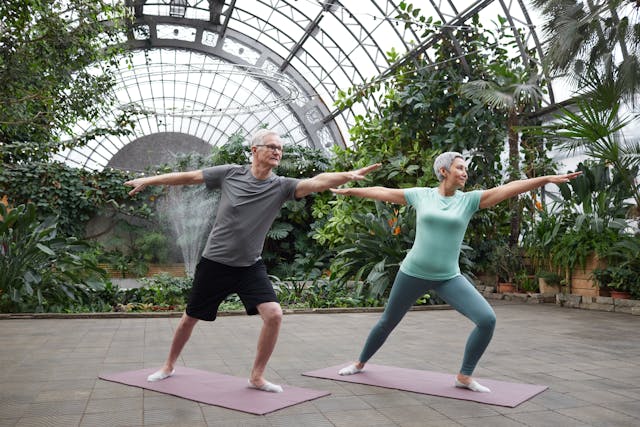As technology advances, more innovative health technologies are being developed to help people live more comfortably. These technologies can help individuals manage their chronic conditions, improve overall health, and even extend their life span. This article will discuss some of the most cutting-edge health technologies and innovations currently available or in development.
1. 3D Printing Technology
3D printing technology is used to create custom prosthetics, implants, and other medical devices. Health providers can use this technology to create customized devices that fit an individual’s unique body shape and size.
-3D-Printed Organs
One of the most incredible health technologies currently in development is 3D-printed organs. This technology has the potential to save lives by providing organs for transplantation to those who need them. Currently, there is a vast organ shortage, and this technology could help close that gap.
-3D-Printed Prosthetics
Another fantastic application of 3D printing technology is in the area of prosthetics. Professionals are using this technology to create customized prosthetics that are much more comfortable and functional than traditional prosthetics. They can make 3D-printed prosthetics look and feel like natural body parts and can be made to fit each individual perfectly.
-3D-Printed Dental Appliances
Digital 3D printing in dentistry is also becoming more common. Dentists use this to create custom dental appliances, such as braces, crowns, and implants. 3D-printed dental devices are usually made from biocompatible materials to the human body, so they are much safer and more comfortable than traditional dental appliances.
2. Virtual Reality Therapy
Virtual reality therapy is another cutting-edge health technology showing great promise. This type of therapy uses virtual reality simulations to help patients cope with various mental and physical health conditions.
-Anxiety Disorders
Anxiety disorder is one of the most common conditions treated with virtual reality therapy. Studies have shown that virtual reality therapy can effectively reduce anxiety and fear. Many people with anxiety disorders find it difficult to face their fears in real life, but virtual reality therapy allows them to do so in a safe and controlled environment.
-PTSD
Virtual reality therapy is also being used to treat PTSD. This type of therapy can help people who have experienced traumatic events to work through their trauma in a safe and controlled environment.
-Pain Management
It can be challenging to manage when an injury or chronic condition causes pain. Medical providers are using virtual reality therapy to help relieve pain by providing distraction and relaxation.
3. Wearable Health Technology
Wearable health technology is another area of health technology that is rapidly evolving. This type of technology includes fitness trackers, heart rate monitors, and other devices designed to be worn on the body.
-Fitness Trackers
Fitness trackers are one of the most popular types of wearable health technology. These devices track a person’s activity level, heart rate, and other health metrics. This information can be used to help people reach their fitness goals or to monitor their health.

-Heart Rate Monitors
Patients with heart conditions can benefit from wearable heart rate monitors. These devices can help identify when a person’s heart rate is too high or low. Depending on the device, the information can be sent to a doctor or other medical provider to help monitor the patient’s condition.
-Continuous Glucose Monitors
People with diabetes can benefit from continuous glucose monitors. These devices measure a person’s blood sugar level and alert the wearer if it gets too high or too low. This information can help people with diabetes to manage their condition and avoid serious health complications.
-Medication Reminders
People can also use wearable health technology to remind people to take their medication. Often, people forget to take their medication or take it at the wrong time. Medication reminder devices can help people stay on track with their medication schedule and avoid missing a dose.
4. Telemedicine
Telemedicine is also becoming more common as a way to provide healthcare. This type of technology allows medical providers to consult with patients remotely.
-Access to Specialists
Not every community has access to every type of specialist. However, with telemedicine, patients can consult with specialists worldwide. This can be very beneficial for people who live in rural areas or have difficulty traveling.
-Reduced Wait Times
Telemedicine can also help reduce wait times for appointments. By consulting with a patient remotely, medical providers can see more patients in a day, allowing them to get the care they need more quickly.
-Improved access to care
With telemedicine, people can get the care they need without leaving their homes. This is especially beneficial for people with disabilities or chronic health conditions that make it difficult to travel. When medical care is just a phone call or video chat away, it is more accessible to everyone.
Health technology is evolving rapidly, and this is good news for patients. There are now various health technologies available to help people manage their health more effectively. From virtual reality therapy to telemedicine, there are many different ways that health technology can help people live more comfortably. As these technologies continue to develop, they will become even more accessible and helpful to patients.







